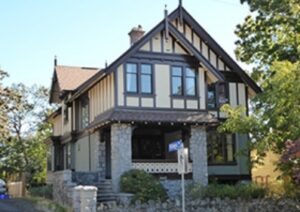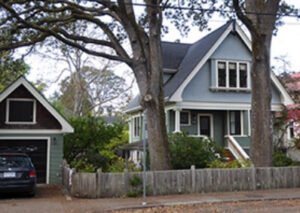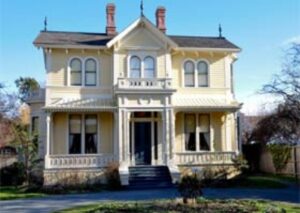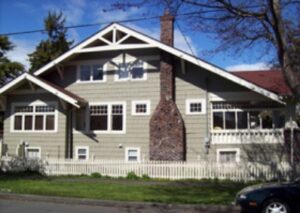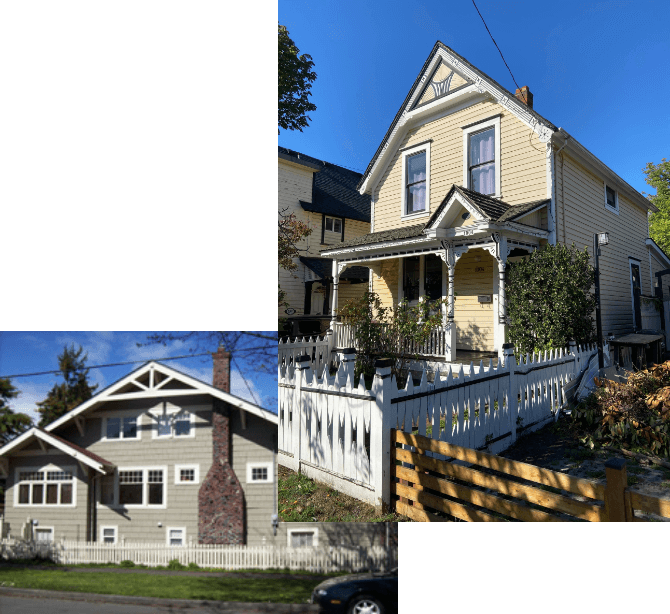Discover Historic Victoria, British Columbia!
Much of Victoria’s attraction stems from its unique collection of historic properties, visible reminders of Victoria’s rich and fascinating past. Our heritage houses and neighbourhoods are symbols of stability in an ever-changing world.
The City of Victoria is committed to preserving its heritage and encourages the owners of residential properties to maintain them through a grants program. Victoria Heritage Foundation (VHF) administers this program on the City’s behalf. The VHF is dedicated to supporting the conservation of the city’s heritage houses through house grants, education and public awareness.
We invite you to explore Victoria Heritage Foundation’s website and hope that it will help you enjoy the City’s rich architectural, cultural and social history.
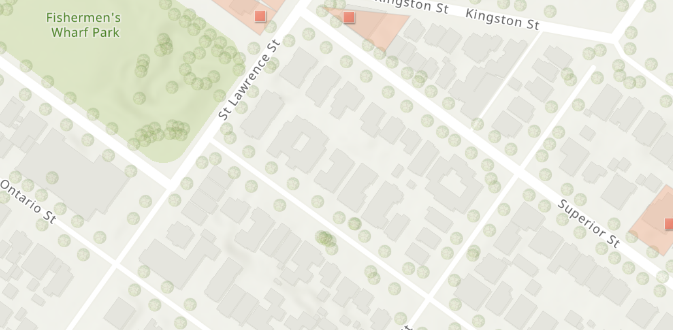
Explore Victoria’s Historic Homes
Explore VHF’s award-winning Heritage Neighbourhoods GIS (Geographic Information System). This interactive map includes an Aerial Photo feature that allows you to zoom in on any identified heritage home.
Heritage Houses
House Grants
Publications &
Resources
What Makes Heritage Houses So Unique?
Victoria is home to many beautiful properties, from the historic waterfront charm of James Bay to the coveted prestige of the Gonzales area. Discover the details that make each house stand out and the proper terminology to describe those features. Victoria Heritage Foundation is your online source for information about the City’s historic architecture and the numerous design styles you’ll find.
